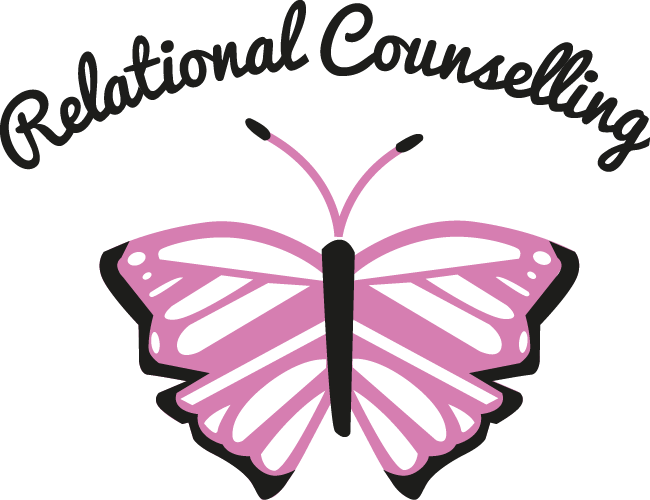Mindfulness
This month, we will be talking about mindfulness, including what mindfulness is, mindfulness versus meditation, the myths around mindfulness and how mindfulness can help you.
What is mindfulness?
Mindfulness is a state of being where you are in the present moment, watching whatever you happen to be experiencing at that time. It is about observing what's happening from a curious mindset, without judgment or trying to change your experience. In mindfulness, we become the watcher of our emotions, noticing what is happening to us like a third person, observing and watching our distress with a sense of distance. We don’t have to engage with, react to or stop our emotions. Instead we take the stance of just allowing, observing and making space for the emotion until it passes.
Mindfulness versus Meditation
Mindfulness is about being in the here and now and paying attention to your thoughts and environment, whereas, meditation is focused on clearing your mind of any and all thoughts. Mindfulness has techniques and exercises, which are a form of meditation. The exercise may focus on an object, your environment or your breathing. Mindfulness is the awareness of “some-thing,” while meditation is the awareness of “no-thing.”.
Meditation is not trying to stop thoughts or changing the mind – it’s about witnessing the mind in an entirely different way. Although it’s normal for your mind to wander off in the past or future – when you notice, just gently bring yourself back to the present.
There are some types of meditation that have slightly different aims, for example, emptying your mind or becoming more relaxed and these are not really the aims of mindfulness. The aims of mindfulness is to become more present and accept it just the way it is. By being mindful, you begin to realise that your thoughts do not define you or control you.
Myths
Meditation is not a religion. Mindfulness is simply a mental training exercise.
You do not have to sit cross-legged like in the pictures (but you can if you want to). You can practice being mindful anywhere - lying on your bed, on the train or bus, or even while walking.
Mindfulness does not take a lot of time. Although, patience and persistence are required.
Meditation is not about accepting the unacceptable. It is about seeing the world with better clarity so that you can make the best choices and change what needs to change.
Did you know?
Meditation helps to reduce symptoms of anxiety and depression. It even improves your memory and reaction times.
How mindfulness helps you?
There are many benefits to mindfulness. Numerous studies have shown regular meditators are happier and more contended than average. Anxiety, dperession and irritability all decrease with regular sessions of meditation. Memory also improves, reaction times become faster and mental and physical stamina increase. Meditation has also been found to be effective in reducing the impact of serious conditions, such as chronic pain and cancer, and even help to relieve drug and alcohol dependence (Williams, and Penman, 2011).
5-4-3-2-1 Technique
Using the 5-4-3-2-1 technique, can be a great introductory to mindfulness. This technique helps you to take in the detail of your surroundings by using each of your senses.
This exercise is about noticing small details that you would normally tune out to (such as distant sounds, or the texture of an ordinary object).
What are 5 things you can see?
Look for small details such as a pattern on the carpet, the way light reflects off a surface, or an object you never noticed.
What are 4 things you can feel?
Notice the sensation of clothing on your body, the
sun on your skin, or the feeling of the chair you are sitting in. Pick up an object and
examine its weight, texture, and other physical qualities.
What are 3 things you can hear?
Pay special attention to the sounds your mind
has tuned out, such as a ticking clock, distant traffic, or trees blowing in the wind.
What are 2 things you can smell?
Try to notice smells in the air around you, like an
air freshener or freshly mowed grass. You may also look around for something
that has a scent, such as a flower or an unlit candle.
What is 1 thing you can taste?
Carry gum, candy, or small snacks for this step. Pop
one in your mouth and focus your attention closely on the flavours.
After you have tried the technique out, take a moment to pause, then notice:
~ What body sensations do you feel?
~ What thoughts are around?
~ What feelings are here?
Now, reflect on how this experience was for you. Did you notice your mind wandering? Was it easy or difficult?
If you find it difficult to get in touch with your feelings, you may find it helpful to use imagery.
Some people like to imagine their emotions as clouds in the sky.
Imagine the sky as your mind... The clouds as your emotions. There may be a few clouds, they may be white and fluffy - this is when the mind is calm and happy. But sometimes life get's difficult, and the clouds may be dark and stormy.
See the video below:
Getting some help
Beginning the therapy process can help you understand more about yourself. Mindfulness can be a great tool, and you can even try mindfulness with your therapist. At Relational Counselling, we are integrative psychotherapists, meaning we can incorporate mindfulness in your sessions if this is something you are interested in. These would be over the telephone, to allow yourself to be comfortable. If you would like to learn more, contact Relational Counselling.
– By Melissa
Resources
Williams, M. and Penman, D. (2011) Mindfulness : the eight week meditation programme for a frantic world. London: Hachette Digital.





